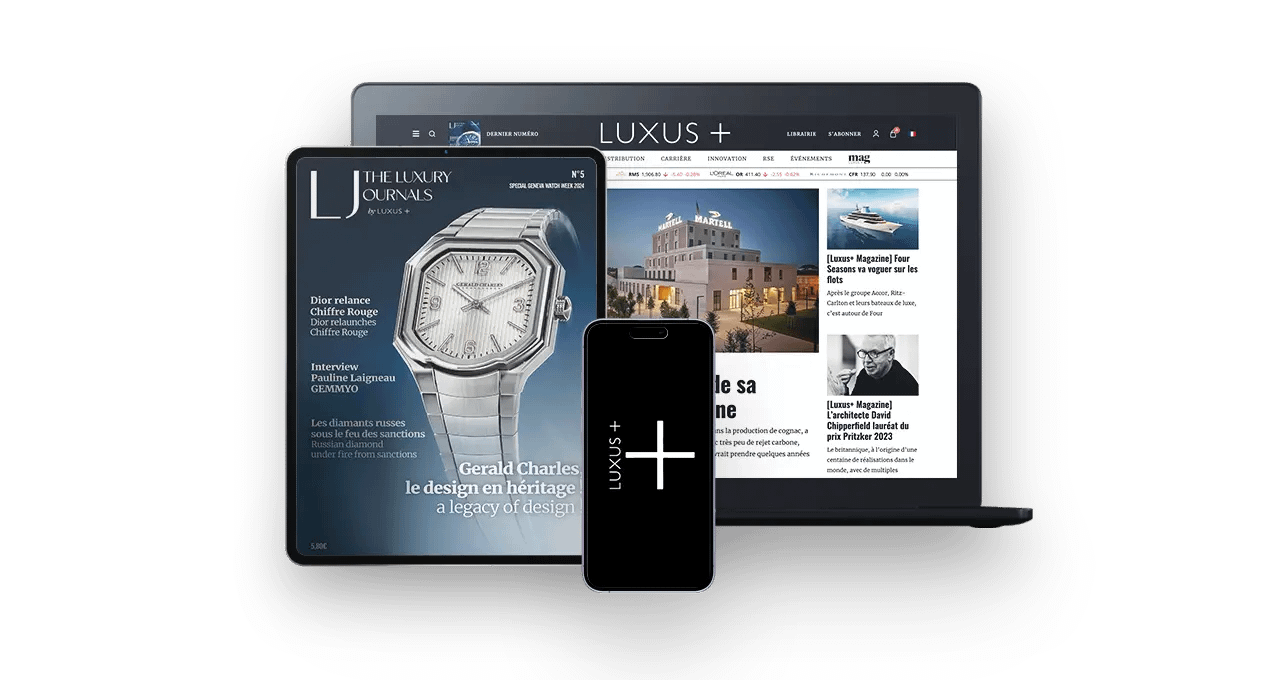The dream is eternal and knows no limits, and the luxury industry is its most fervent ambassador. However, with the global economy in turmoil, last year’s results and the first signs for 2024 show that resilience is far from a given, and that an exceptional capacity for adaptation will be required to achieve growth rates that defy the laws of gravity.
In response to an inflationary and uncertain economic climate, the luxury goods sector has set itself up for battle in the “post-Covid world”, focusing on its most affluent customers, without totally abandoning its aspirational clientele. The main reason for this is the slowdown in sales in its key American and Chinese markets in 2023.
If there’s one trend that sums up the economic context of 2023, it’s a “return to earth for luxury goods”. This assessment, taken from a note by Bernstein analyst Luca Solca in August 2023 following the sector’s half-year results, reflects the normalization that was confirmed in the third quarter. LVMH, Kering and also Richemont, have put an end to their post-covid sales euphoria.
While Europe sank into inflationary gloom, China’s recovery proved slower than expected, while the economic climate in the United States hardened considerably. So much so, in fact, that the effectiveness of the traditional growth drivers in the various geographic regions was called into question.
In this first instalment, written by several hands and with the help of our expert columnists, we take a look back at the performance of the big names in luxury goods, some of whom have been caught out by the global economic contraction.
2023: a return to pre-covid growth levels
The year 2023, with a global market estimated by Bain at $345 billion, was marked by a return to pre-covid growth levels. While it might have been feared that the international context and economic insecurity would dampen sales, the resilience of the luxury sector was evident between 2020 and 2022, a record-breaking year in which luxury customers defied all predictions.
And the luxury sector continued to shine in 2023, despite a slowdown in growth.
Hermès reported higher-than-expected sales in the fourth quarter of 2023 and announced a price increase in 2024.
L’Oréal, on the other hand, saw its sales, deemed disappointing, fall by almost 6% in Asia. The travel-retail business continued to feel the effects of the Chinese government’s crackdown on the parallel resale market known as Daigou – particularly in Hainan and South Korea.
For its part, LVMH posted record results, with sales of 86.2 billion euros (+9%) and net profit of 15.2 billion euros (+8%), while Kering reported sales down 4% to 19.57 billion euros.
Between them, Hermès, Kering, L’Oréal and LVMH (+15 billion) will post net profits of almost 29 billion euros in 2023, up 7% – despite a 17% decline at Kering. Swiss group Richemont, the world’s third-largest, reported a 4% increase in earnings.
A new balance in tourist flows
Read also > [INVESTIGATION] WHAT’S NEW IN LUXURY RETAIL (PART 1/4)
From left to right: Lounge Louis Vuitton by Yannick Alleno, Doha, Qatar (LVMH); Boutique Hermès du Faubourg Saint Honoré, Paris, France; Estée Lauder headquarters, New York, USA; Travel Retail Chanel Wonderland pop-up store at Incheon Airport, South Korea; Grain de Café Cartier collection (Richemont); Gucci boutique at Jio World Plaza, Mumbai, India (Kering) © Press





































